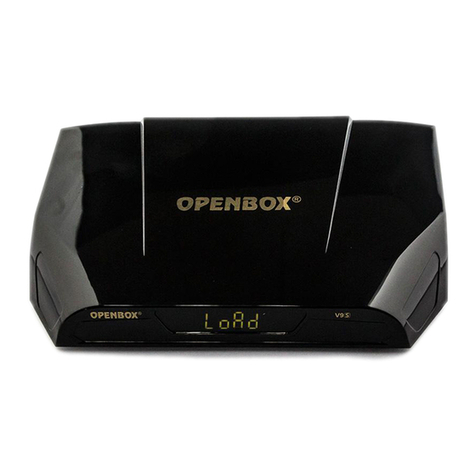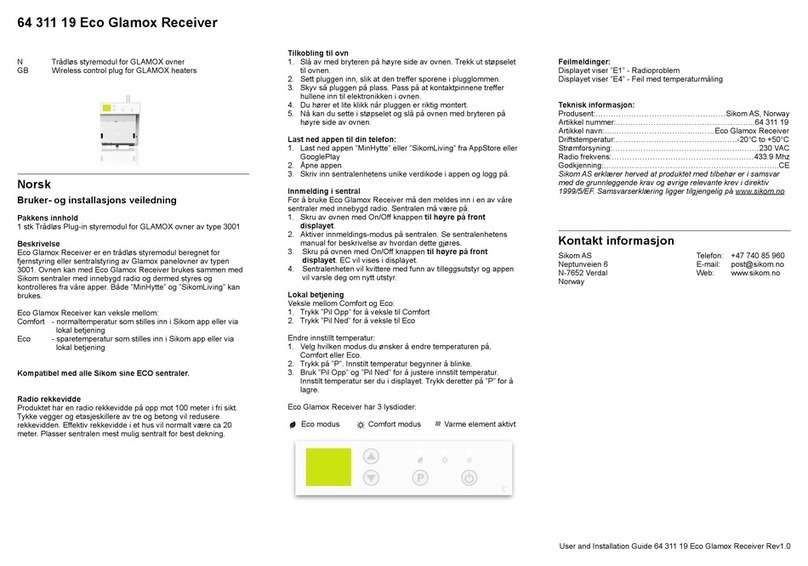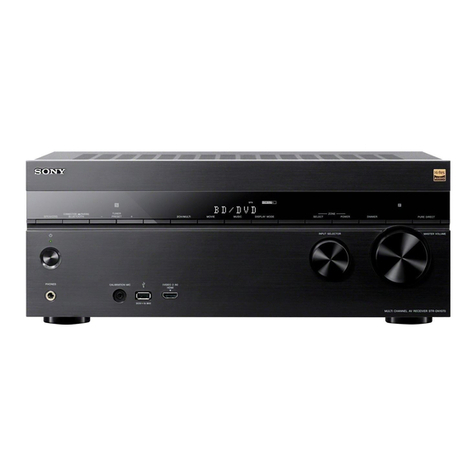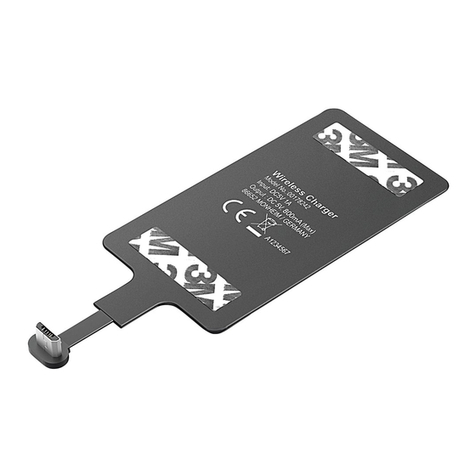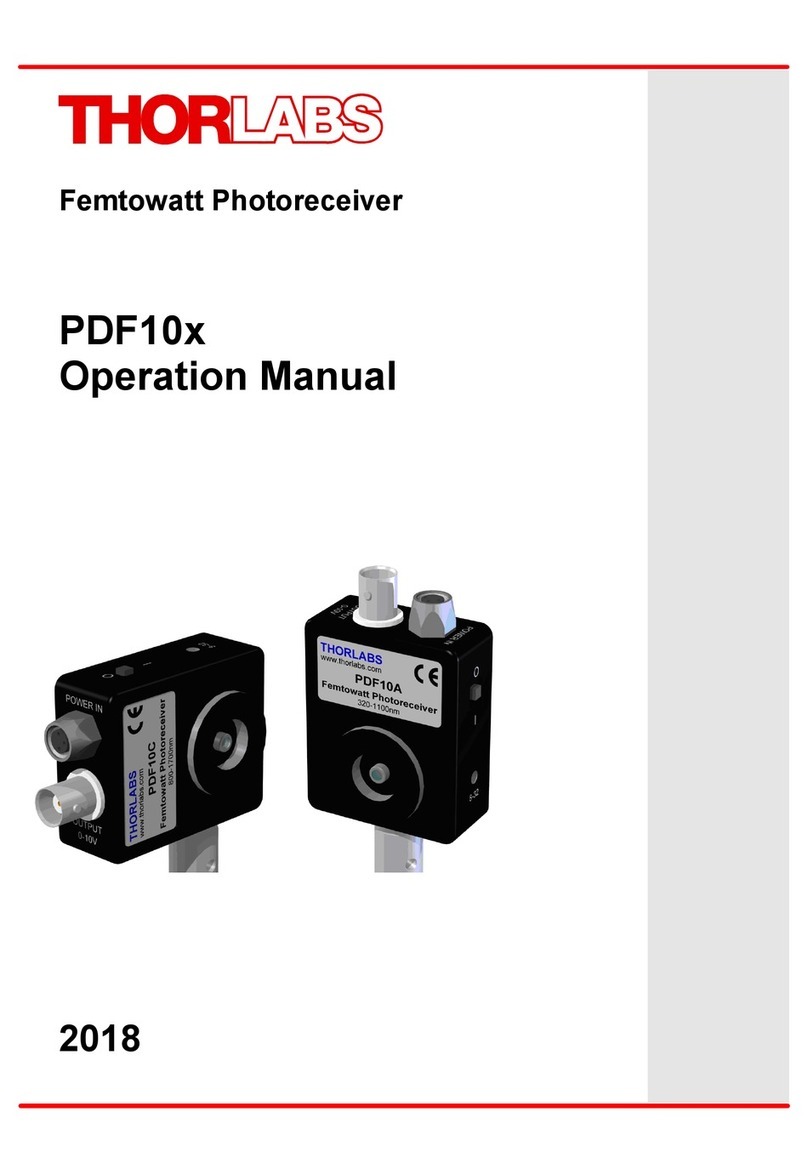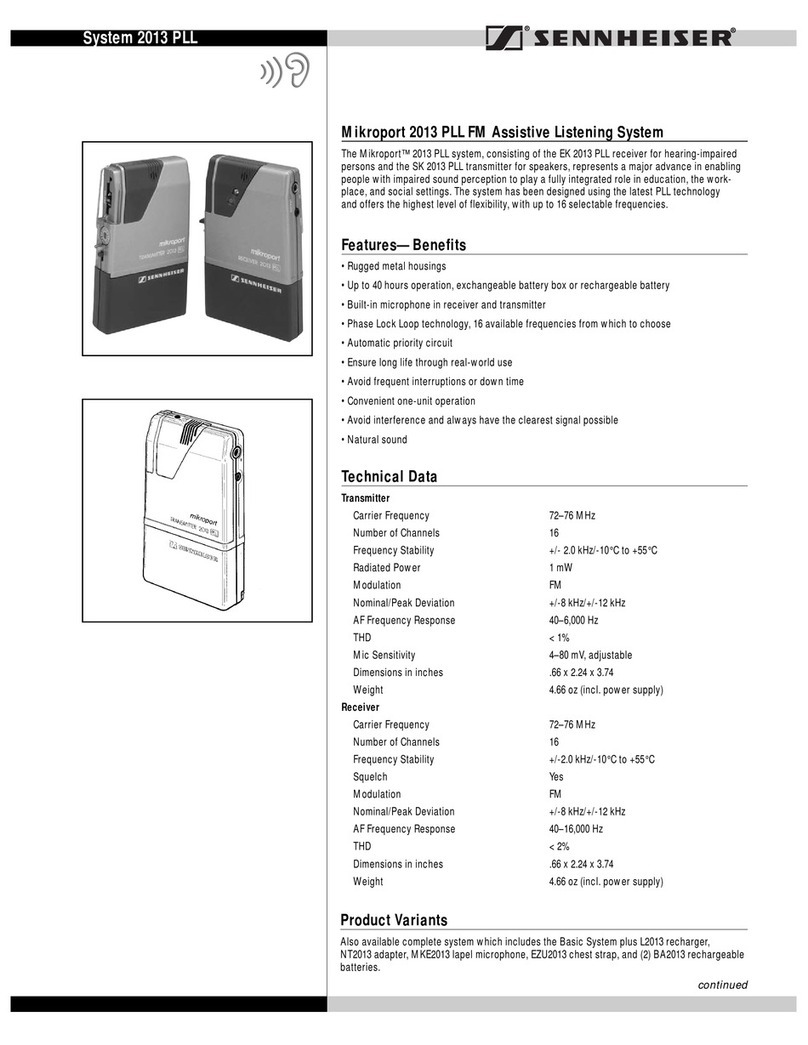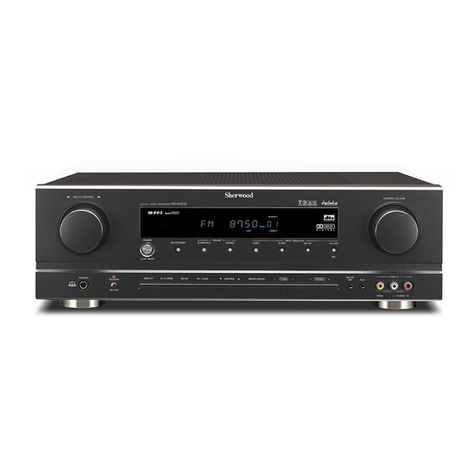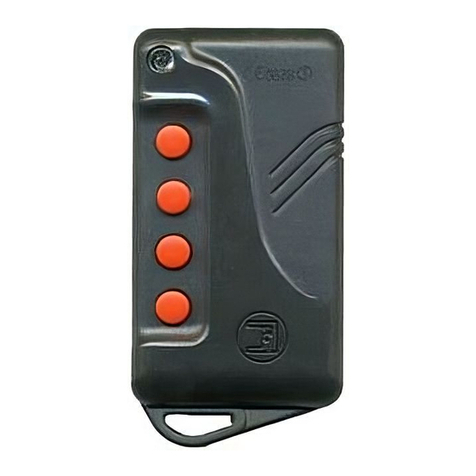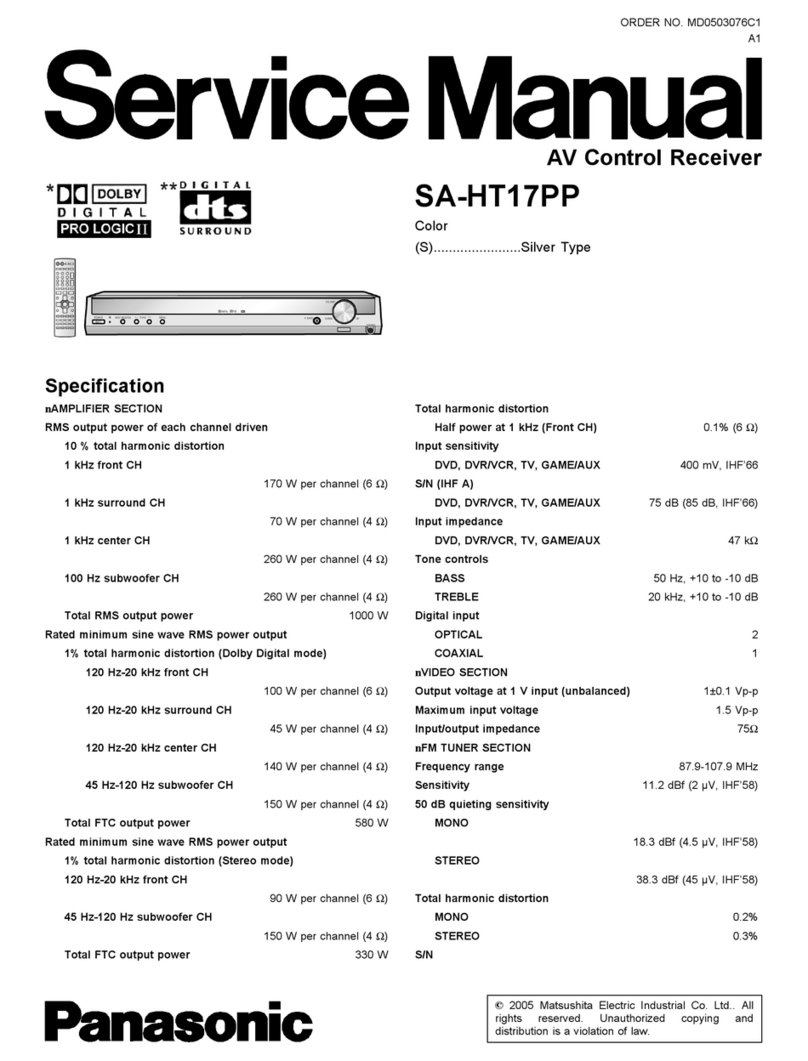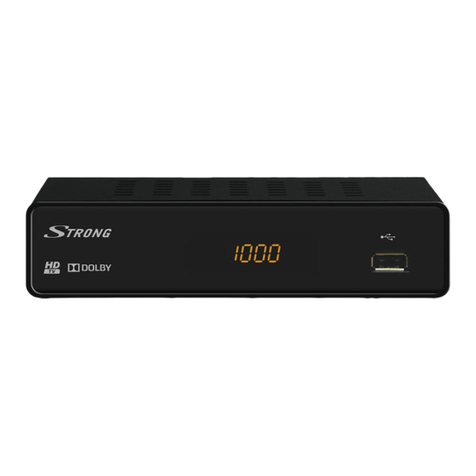Circuit HCR-W4 User manual

HCR-W4IP65 Antenna installation
The HCR-W4IP65 is supplied with the antenna tube removed from the IP65
case.
Slide the tube with rubber seal down over the antenna wire and into the cable
gland ensuring that it seats correctly. Now fit and tighten the cable gland nut so
as to ensure a watertight fit.
If an external antenna is being fitted the tube should be removed and the coaxial
cable fed through the cable gland to the terminal block. Again ensure correct
sealing around the cable.
Specifications
Operating Voltage 9 to 25VDC
Current Consumption @ 12VDC 10mA maximum
Physical Dimensions IP65 Case 160mm x 90mm x 55mm
Antenna 130mm
Bulkhead case 108x70x34
Case Material ABS plastic
Output Channels 4
Output Options Shunt selectable
INT 10k pull up to 5VDC
REMOVED Open collector
EXT + 5VDC out terminal active for user
selectable external pull ups
Reverse Polarity Protection Yes ( diode)
RF Operating Frequency 433.92mhz
RF Signal Type ( Data Transfer) On Off Keying ( OOK)
KeeloqTM Code Hopping
Coding Combinations 4.2 billion
Memory Capacity 32,000 active fobs
Country of Manufacture Australia
Compliance C Tick (Aust) AS4268
Warranty
Circuit Level Electronics (Aust) Pty Ltd warrants this product to be free from de-
fects in materials and workmanship for a period of 2 Years from date of
purchase. We will in the event of failure repair or replace the product at our sole
discretion. This warranty does not apply in the event of accidental damage,
abuse, misuse, non approved purpose or act of God. This warranty is given in
addition to any rights allowed by New South Wales law.
Made in Australia
By
Circuit Level Electronics (Aust) Pty Ltd
ABN 51 074 517 570
Circuit Level reserves the right to change specifications without notice in the interest of product development.
HCR-W4
4 Channel 26 Bit Wiegand Receiver
Standard Version
( Indoor ) HCR-W4
IP65 Version
( Outdoor ) HCR-W4IP65
Copyright © 2011 Circuit Level Electronics (Aust) Pty Ltd

Overview
This product is designed to provide a convenient high security RF interface to an
access control system which recognises the Wiegand 26 bit protocol. The HCR-
W4 may operate in one of two modes.
Mode 1:
The received signal is decoded into a 26 bit Wiegand number and the output
corresponding to the button pressed on the fob ( 1, 2, 3, 4 ) presents this
Information for input to the access control system. In this mode up to 4 entry/exit
points may be controlled from the one receiver.
Mode 2:
The received signal is decoded into a 26 bit Wiegand number and output on
“BTN 1”. Each button on the fob increments the user number by one (1).
Eg: Fob is programmed as Site 123 with button 1 on the fob outputting user 456.
Button 2 will then be User 457, button 3 user 458 and button 4 user 459.
Note: The above modes of operation are determined by the fob programming in
the factory. The HCR-W4 can manage up to 32,000 fobs in an active users data-
base. Inactive users are automatically deleted. The HCR-W4 will only function
with fobs supplied by Circuit Level Electronics programmed with Wiegand.
The HCR-W4 has an onboard 4Mb super capacitor backed RAM which
manages all fobs. The super capacitor backup will provide a minimum 24 hours
backup in hostile ( high temperature) environments. In normal operating
conditions ( ~ 25 deg C ) backup in excess of 7 days can be expected.
Connection:
9 - 25VDC IN D0
D1
Wiegand data
to access
system
Receiver
module
Red LED = RF
Green LED = Wiegand
Out
Memory Erase PB1
Antenna Super cap RAM
Installation and Setup
1. Select the site for the receiver which allows connection to the wiegand
input of the access system. This site should be clear of metallic objects as
much as possible. The antenna should be in free air. In the case of the
HCR-W4IP65 being mounted at a metal gate post, the antenna should be
brought clear of the post.
Note: An external 434Mhz antenna may be connected to the small terminal
block in place of the wire aerial. This connection should be via RG58 50 Ohm
co-axial cable. Connect the centre conductor to “A” and the shield to “G”.
2. Connect receiver to a DC power source ( 9-25VDC) and connect the
wiegand output/s of the receiver to the access system.
3. The HCR-W4 has 3 pins just above the terminal block. This set of pins
allows different configuration of the wiegand outputs to suit different
access systems. With the jumper in the “EXT” position ( default) the D0/D1
lines are not connected to a voltage source and the internal 5 volt supply
is routed through to the terminal marked “+5V OUT”. This will suit most
applications where the access system provides the voltage source. With
the jumper in the “INT” position, the D0/D1 lines are connected to the
internal +5V through 10K Ohm resistors. If the HCR-W4 is not reporting
the correct site/user to the access system then the INT jumper position
should remedy this. If the HCR-W4 is required to source +5V, but the
internal 10K Ohm resistors are insufficient, then, with the jumper in the
“EXT” position resistors may be wired externally from each D0/D1 terminal
to the +5V OUT terminal.
4. Power up the receiver and then press PB1, the PCB switch, three (3)
times, holding down on the third press. After 4 seconds the RED and
GREEN LEDs will flash together for approximately 15 seconds. This
function is clearing the RAM memory. Once the flashing stops the GREEN
LED will be lit. Press the switch PB1 once and the LEDs will extinguish.
5. The HCR-W4 is now ready to “LEARN” fobs. Simply press a button on the
fob and observe the LEDs on the receiver. On the first press the RED LED
will light indicating RF reception of a valid signal. Press the same button
again and the RED LED will light as before with/followed by the GREEN
LED indicating output of a wiegand transmission.
6. Repeat step 5 for all required fobs. Note, at no time is it necessary to
press PB1 on the receiver. Learning requires simply two (2) button
presses from a compatible fob.
7. Test operation.
Popular Receiver manuals by other brands
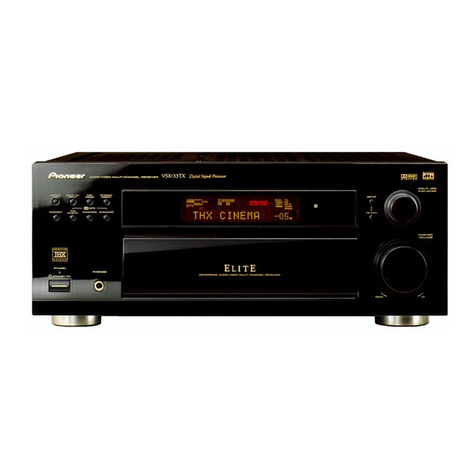
Pioneer
Pioneer VSX-33TX operating instructions
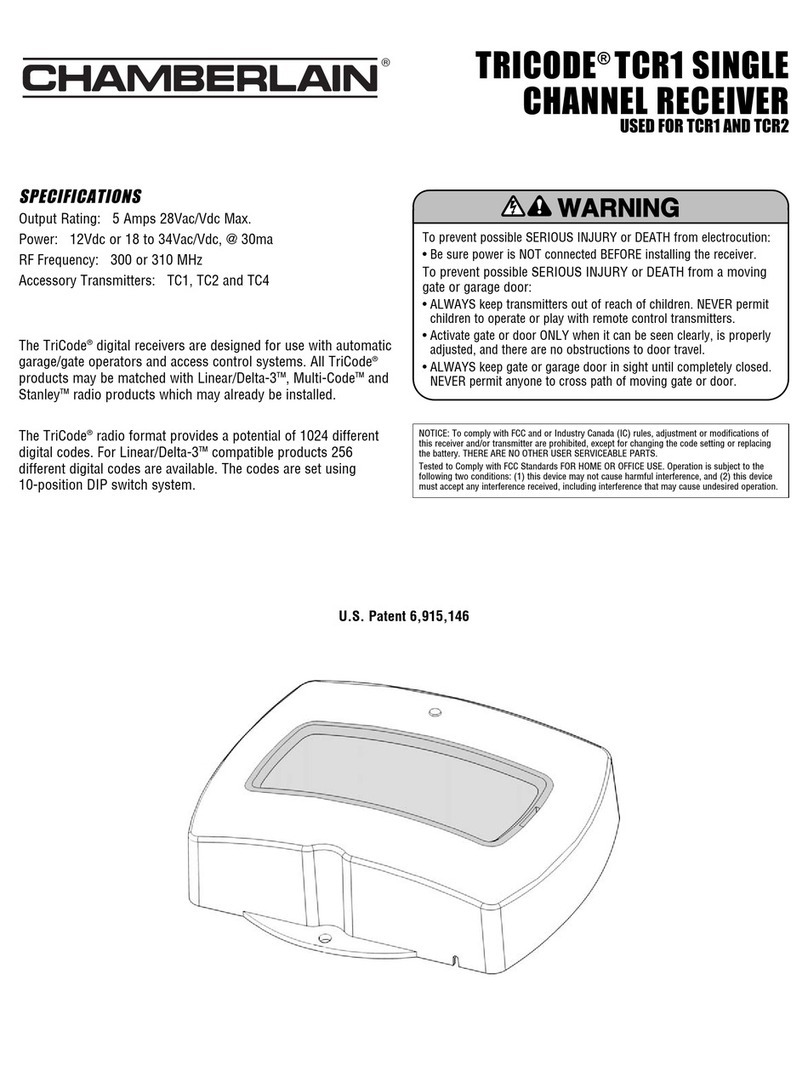
Chamberlain
Chamberlain TRICODE quick start guide
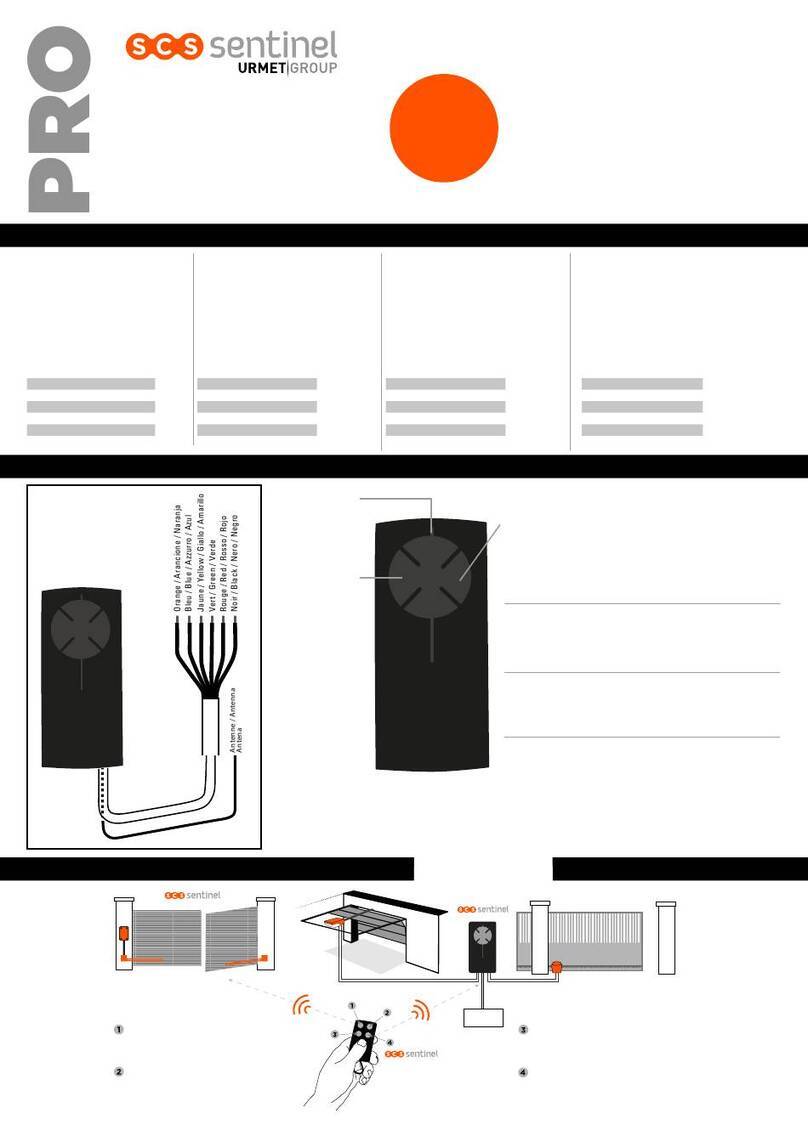
urmet domus
urmet domus SCS Sentinel PRO AAM0119 manual
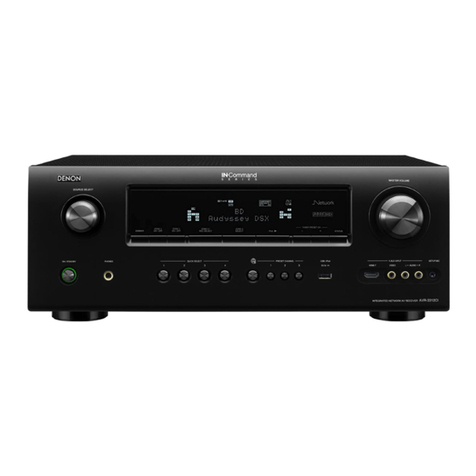
Denon
Denon AVR-3312CI user manual

PCB Piezotronics
PCB Piezotronics 061A09 Installation and operating manual
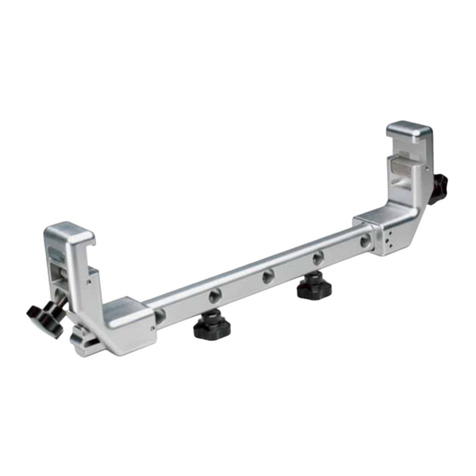
Integra LifeSciences
Integra LifeSciences MAYFIELD NeuroGen A1113 instruction manual

